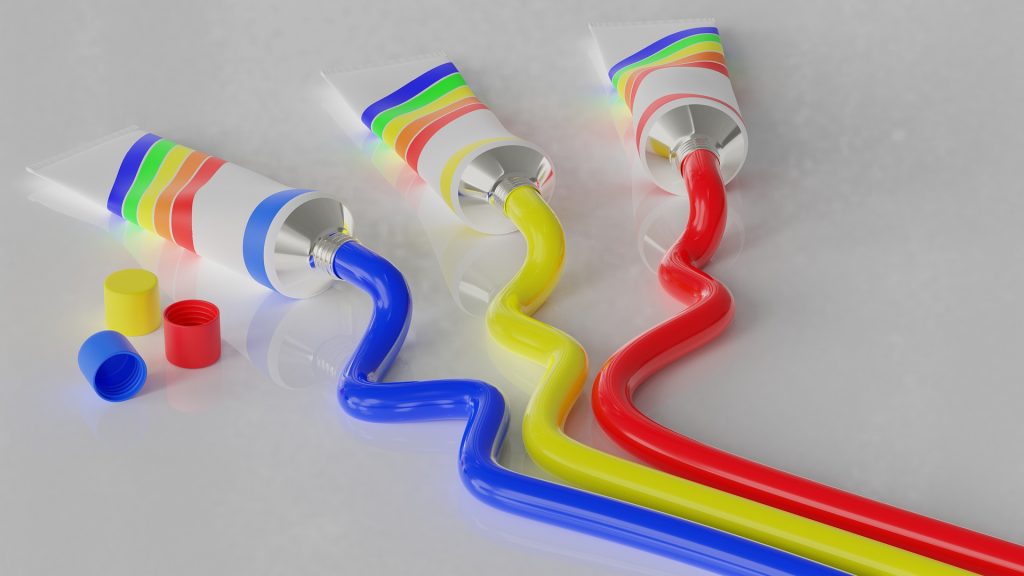Most of us have walked in to an arts and craft store thinking we knew exactly what we wanted and headed straight for the paint aisle. Once there we are overwhelmed by all the different brands and colors not to mention the different types all sub categorized under each brand. What does it mean? What do I need? How much more or less am I willing to spend?

First off there are two Main groups. The Artist Professional grade and the student quality. The professional versions of the brands are going to be the better product, with more color choices available, and the pigments will be more saturated. There is also the price difference. So if you are a beginner or just starting out it is safer to test the waters with student grade first.
Lightfastness
Lightfastness, also known as permanence is how much the paint color will hold up over time after it’s exposed to light. Generally acrylics have a higher lightfast ratings than other types of paint.
ASTM International, formerly known as American Society for Testing and Materials, is an international standards organization that develops and publishes voluntary consensus technical standards for a wide range of materials, products, systems, and services.
Each paint tube will be labeled with its permanence/lightfast rating.
I Excellent
II Very Good
III Not sufficient
or
AA Extremely permanent
A Durable colors
B Moderately durable
C Fugitive Colors (very low)
Viscosity
Viscosity refers to the thickness of the paint. Heavy body paints have a thick buttery consistency that retain brush stokes and are easy to mix and blend. Alternatively, Fluid acrylics are thinner (but contain the same concentration of pigments. Fluids are suited to detail, staining, dry brushing, and watercolor effects.
Whatever you decide will be from preference or suited to your personal style. Some artists mix it up and use both.
For information on brands of paint to purchase see also Purchasing Paint.
